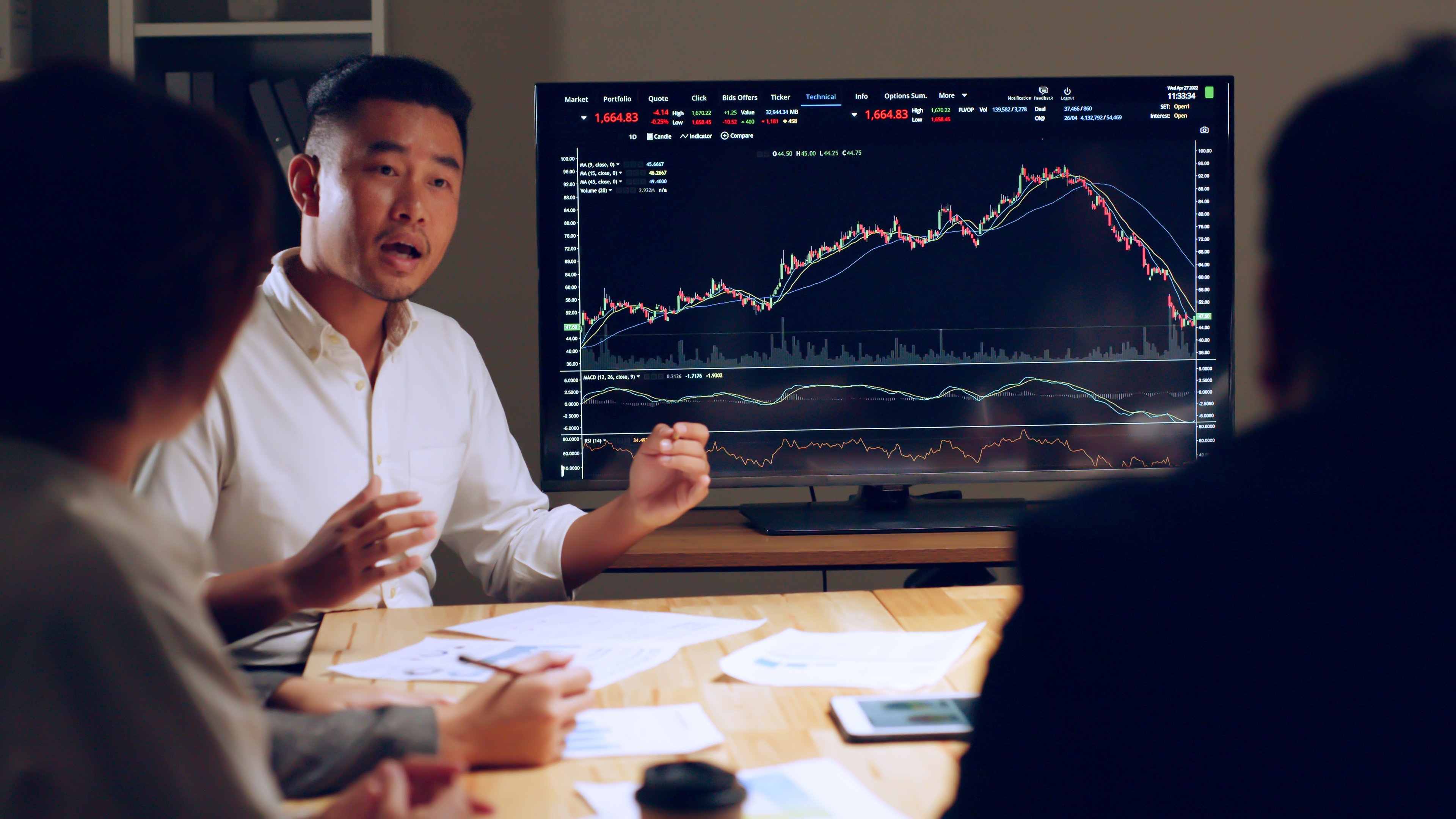XRP (XRP +0.96%), the third-largest cryptocurrency in the world, has been on a fantastic run since Donald Trump was elected president last November. The token is up roughly 400% during the past year. Clearly, the Trump administration's pro-crypto policies and more crypto-friendly regulators have made a big difference in XRP's trajectory. With crucial crypto legislation now moving through Congress, the entire sector should benefit. Can XRP, now trading at about $3.10, make another big move during the next few years and hit double digits by 2027?
What's ahead
The big catalyst that led to the big move for XRP was the Securities and Exchange Commission's (SEC) decision to drop its appeal in a long-standing lawsuit against Ripple, the company behind XRP. The lawsuit had persisted for more than four years and served as a big overhang for XRP. Of course, the SEC did a 180 on crypto after Trump installed Paul Atkins as the new chair of the agency.

Image source: Getty Images.
Now, the question is what's next for XRP. Well, the clear catalyst this year is the potential launch of an SEC-approved XRP-spot exchange-traded fund (ETF). Spot-crypto ETFs mirror the price of cryptocurrencies by actually buying the cryptocurrencies themselves and assigning shares to investors based on how much of the ETF they own. They tend to be bullish for the tokens they mirror because they actually have to buy the cryptocurrencies, and it tends to boost institutional interest and liquidity. The SEC is expected to approve a spot-XRP ETF this year, with Polymarket assigning an 86% probability.
But I think markets are likely pricing some of this in already. In my view, the big opportunity for XRP and where it really needs to execute to make a big move is on the potential to tap into cross-border payments. Because XRP's network has the potential to process 1,500 transactions per second (TPS), many see it as an ideal way to move money with lower fees, particularly across national borders.
Ripple is already working with mainstream financial institutions and traders, and recently acquired the prime broker Hidden Road for $1.25 billion. Hidden Road clears $3 trillion in trades a year and has over 300 institutional clients, offering a one-stop shop for prime brokerage services and funding across foreign exchange (FX), digital assets, derivatives, swaps, and fixed income. It's easy to see how Ripple could begin to use XRP and its stablecoin, RLUSD, in this institutional business and begin to blur the lines.

CRYPTO: XRP
Key Data Points
Ripple's Chief Executive Officer Brad Garlinghouse has also been vocal in his belief that XRP can gain market share in global payments. Earlier this year, Garlinghouse said that SWIFT, the Society of Worldwide Interbank Telecommunication, has a reported error rate of 6%. SWIFT is used by financial institutions to essentially message one another instructions for global payments. Garlinghouse has said he could see XRP capturing 14% of SWIFT's volume by 2029.
Crypto prices are hard to predict
Making longer-term crypto price predictions is very difficult because cryptocurrencies don't generate cash flows and earnings like traditional stocks. I would ignore most crypto price predictions. However, the one thing investors can do is look at the fundamentals of a cryptocurrency and its network, similar to what they would do if examining a publicly traded company.
I certainly find XRP to be an intriguing cryptocurrency because of its strong technical network. I also think having the connection to Ripple will help a lot because Ripple has been able to sign on mainstream banks and institutional traders as customers.
Yet, I don't have enough conviction that XRP will be able to grab significant share from SWIFT and really become a prominent force in cross-border payments. I think it could, but there's also competition from cryptocurrencies that run on networks with the ability to process just as many TPS, if not more, so it's hard to say how it will all play out.
I think investors can buy and hold XRP, but I would keep positions smaller right now.





